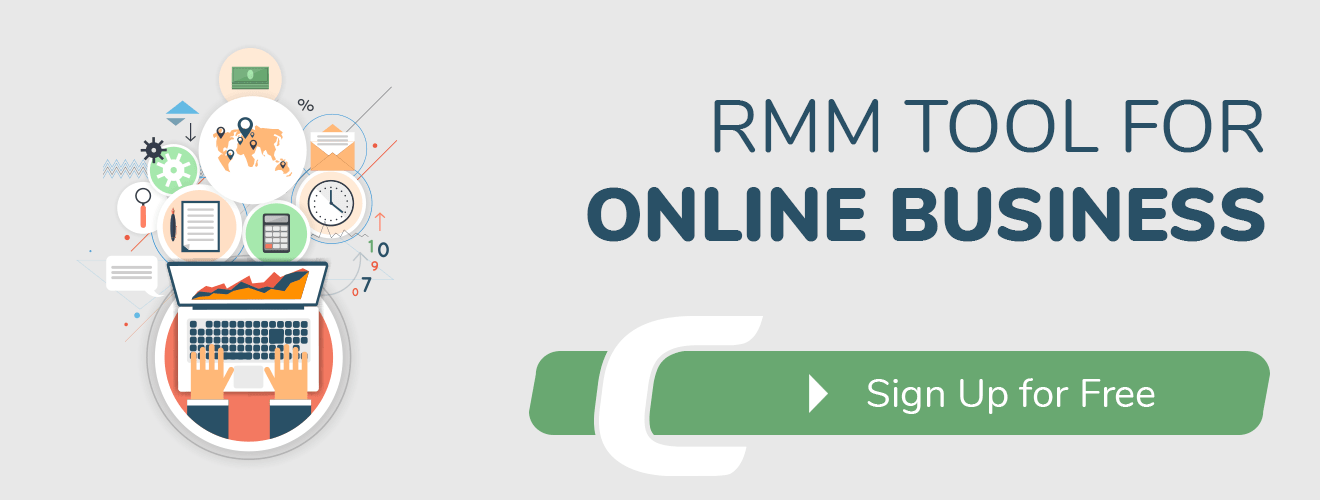Remote access is an efficient and comfortable way for corporate IT personnel to remotely connect to computer interfaces to install and configure software, uninstall software, troubleshoot issues, etc. Generally, it is widely used in the corporates due to the reason that it provides easy accessibility to a computer, device or a network from a remote distance but it also supports the access to home networks. Simply put, the remote access eliminates the need for the physical presence to log into a system.

In this digital age, the world is working 24/7. So, it becomes important for employees to access their computers and servers connected to the corporate network when they are not physically present in the office or location. On the other hand, since the advent of BYOD, the number of endpoints in a corporate network has been drastically doubling and tripling in the recent times, and this majorly includes the smartphones. All such developments demand the system administrators access employee devices to monitor and resolve issues as and when they arise. Remote access helps address such needs effectively and makes it convenient for users on the corporate network.
The MSPs or IT admins can remotely access endpoints through Comodo RMM (Remote Monitoring and Management) to resolve issues. Besides that, the end-user will be able to view the actions while the IT personnel troubleshoots the issues. The Comodo Remote Monitoring and Management comes packing the sophisticated tools and it can be organized and controlled from a centralized platform. The Virtual Network Computing Technology enables the Remote Monitoring and Management solutions to operate on, and it is pretty adaptable across numerous operating systems.
The Comodo ONE Remote Access and Control allow system administrators to seemingly gain remote control of the computers, laptops, mobile devices, servers, and applications to narrow down on the technical issues more competently. Besides that, the key persons in the network can release security patches, evaluate and approve performance data, introduce application updates and configurations to address issues remotely.

How to Remote Access a computer
Remote Server Administration Tools for Windows
CLOUD BASED IT MANAGEMENT SOFTWARE FOR
MSPs and ENTERPRISE
Remote Monitoring and Management | Service Desk | Patch Management
Now Add Up To 50 Devices for Free
Add new comment